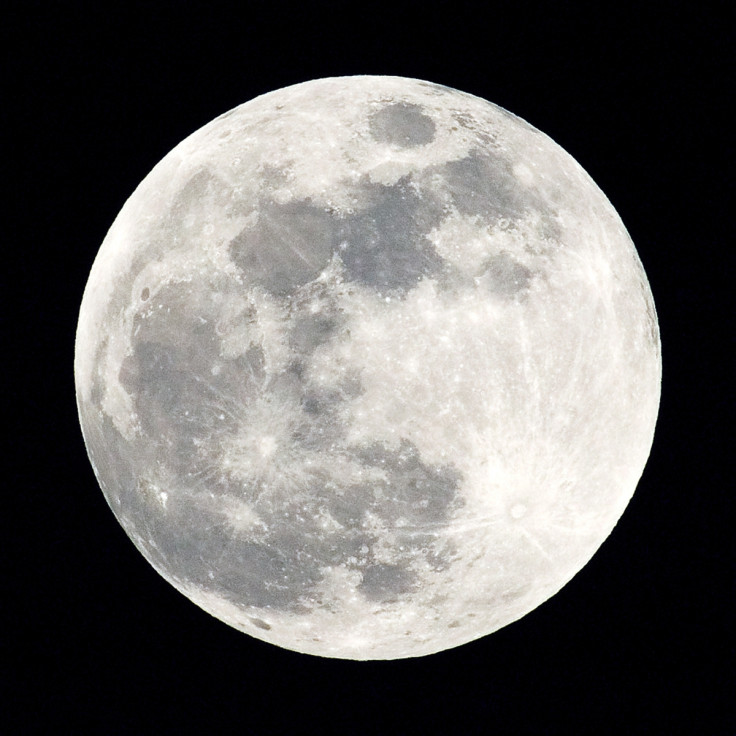Tidal Forces Acting Billions of Years Ago Gave Moon its 'Bulging' Shape

Tidal forces acting upon the moon early in its history gave it the shape it holds now, according to new research.
The shape of the moon deviates from a simple sphere in ways that scientists have struggled to explain.
Yet according to scientists from the University of California Santa Cruz, most of the moon's overall shape can be explained by taking into account tidal effects acting early in the moon's history.
The results provide insights into the moon's early history, its orbital evolution, and its current orientation in the sky, according to lead author Ian Garrick-Bethell, an assistant professor of Earth and planetary sciences.
As the moon cooled and solidified more than 4 billion years ago, the sculpting effects of tidal and rotational forces became frozen in place. The idea of a frozen tidal-rotational bulge, known as the "fossil bulge" hypothesis, was first described in 1898.
"If you imagine spinning a water balloon, it will start to flatten at the poles and bulge at the equator," Garrick-Bethell explained. "On top of that you have tides due to the gravitational pull of the Earth, and that creates sort of a lemon shape with the long axis of the lemon pointing at the Earth."
For the new study, the researchers incorporated other tidal effects into their analysis, such as the large impact basins that have shaped the moon's topography and gravity field.
Efforts to analyse the moon's overall shape are complicated by the large basins and craters created by powerful impacts that deformed the lunar crust and ejected large amounts of material.
"When we try to analyse the global shape of the moon using spherical harmonics, the craters are like gaps in the data," Garrick-Bethell said. "We did a lot of work to estimate the uncertainties in the analysis that result from those gaps."
Their results indicate that variations in the thickness of the moon's crust caused by tidal heating during its formation can account for most of the moon's large-scale topography, while the remainder is consistent with a frozen tidal-rotational bulge that formed later.
A previous study by Garrick-Bethell found that the shape of one area of unusual topography on the moon, the lunar farside highlands, was consistent with the effects of tidal heating during the formation of the crust.
"In 2010, we found one area that fits the tidal heating effect, but that study left open the rest of the moon and didn't include the tidal-rotational deformation," Garrick-Bethell said.
Tidal heating and tidal-rotational deformation had similar effects on the moon's overall shape, giving it a slight lemon shape with a bulge on the side facing the Earth and another bulge on the opposite side.
The two processes left distinct signatures in the moon's gravity field. Because the crust is lighter than the underlying mantle, gravity signals reveal variations in the thickness of the crust that were caused by tidal heating.
The results were published in the journal Nature.
© Copyright IBTimes 2025. All rights reserved.






















